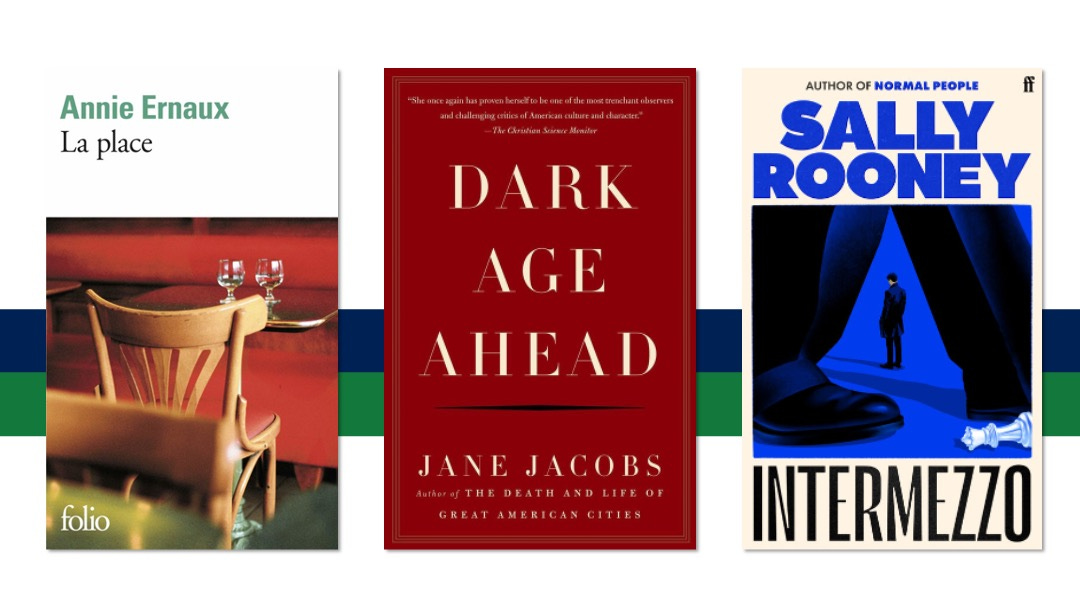Chiara Morfeo is the C40 Centre for City Climate Policy and Economy’s expert on climate communications. Following Masters Degrees from the University of Cambridge and the London School of Economics and Political Science in communicating democratic values and climate change in print and social media, she worked in environmental communications at University College London and the United Nations Economic Commission for Europe before joining C40 Cities.
“What is our collective idea of the lives we want to live when we take away fossil fuels? “
Climate youth activist Luisa Neubauer’s question has stuck with me since her talk for the Yale Programme on Climate Change Communications. Finding a convincing answer is the central idea that drives the urgency in Neubauer’s intervention. To illustrate the pervasiveness of fossil fuels in our collective imagination, she observes that James Bond still rides a high-octane car - not a bike. While I love the clarity of the image, I would argue that climate researchers and practitioners have already found a lot of answers to her question. But those stories are often not told in a way that resonates.
In the attempt to get people on board with climate action, it is tempting to paint a sweeping Pollyanna picture of a post fossil fuel world. But such an unrealistically positive outlook can be perceived as “toxic” in terms of messaging and naïve in terms of policy. Just look at how their “win-win-win” portrayal of climate action by the German Green Party has turned out. We had written about their struggles last year and their chances of recovery remain to be seen.
If solo hero, Bond-esque images are too narrow and nation-wide utopias much too broad, then in true Goldilocks fashion the appropriate dimension for effective communication is somewhere in the middle, for example at the city level. Unlike international and national politics, cities offer a great setting for painting a nuanced yet enticing picture of a post fossil fuel world - small enough to make any action feel tangible and personable, yet big enough to suggest that climate action taken here can influence wider systems. From Dickens and Zadie Smith's London and Murakami's Tokyo to Adichie's Lagos, when you start to think about it, examples of cities captivating our collective imagination abound.
So taking our cue from the world’s scribes, how can we bring the spell-binding power of city tales to tell a more impactful story about climate action?
Bogotá’s La Rolita campaign is a great example.
La Rolita is an all-electric public transportation operator in Bogotá. With support from C40’s Climate Action Implementation Programme (UCAP CAI), funded by the UK Government's Urban Climate Action Programme, La Rolita provided technical training and welfare initiatives to empower 430 women to train as bus drivers. Today, more than half of La Rolita’s employees are women, a significant departure from the standards of the historically male-dominated public transit sector.
Yet, however remarkable, this is not how La Rolita’s story is told. Its communications campaign strategically showed women’s integral role in transforming Bogotá’s transportation landscape through social media, traditional media outreach and public relations tactics that put the city itself at the heart of many of its content pieces. One example is the video, Bogotá tiene mucho que contar (“Bogotá has a lot to share”), in which the city tells the story of La Rolita through speech bubbles. In La Rolita’s one-year anniversary reggaeton song, city-centric smash hit lyrics like Bogotá se mueve en la Rolita (“Bogotá moves with la Rolita”) conjure up a collective, bus-travelling city identity through catchy tunes. The video is made all the more amazing by the presence of the bus operators themselves. I dare you to listen and not hum the tune for the rest of the day. No wonder the campaign won a prestigious Polaris Award earlier this year.
Producers of the next Bond movie take note—car chases are out, female-operated e-buses are in. In any case, the song is certainly the perfect soundtrack for writing your own city-centred climate action hit story.
📚 What we are reading
: La place by Annie Ernaux. First published in 1984, the book introduced me to the concept of the ‘transfuge de classe’. It describes someone who climbed the social and cultural ladder through education. Through a memoir of her late father, Ernaux draws out the intergenerational tensions that emerge between her newly-bourgeois self and her working-class parents. In a way, the book offers food-for-thought for addressing socioeconomic tensions in the climate movement too.
: I am reading Dark Age Ahead by Jane Jacobs. It’s her last book, and I have only just begun - but as always she is prescient having written the book in 2004. She clearly analyses what she sees as societal ills—like the decline of higher education—but leaves us with hope too.
: this week, my favourite city read was on cities and pirates. Or rather, on how some phenomena can impact the urban form even decades after they are over, leaving residents with “sub-optimal” cityscapes. It took Italian cities decades to adjust to life after pirates, how long will it take for cities to heal from their mid-century car-centric designs? (And yes, like most millennials out there I’ve been reading Sally Rooney’s Intermezzo.)







